1. Miami is the most southerly major city in the continental United States.
2. Miami is located on the Atlantic coast, some 2° north of the Tropic of Cancer, and has a warm subtropical marine climate, with an average annual temperature of about 75° F (24° C).
3. Because of its mild weather, ocean setting, and extensive resort facilities, Miami, together with its environs, is one of the great tourist centers of the world.
4. Miami, with an area of 54 square miles (140 sq km), fronts on Biscayne Bay, an arm of the Atlantic Ocean created by islands that constitute the northern reaches of the Florida Keys.
5. The Miami River, which is connected by canal with Lake Okeechobee to the northwest, bisects the city.
6. Miami is divided into four parts -Northwest, Northeast, Southwest, and Southeast- formed by the intersection of Flagler Street, running east and west, and Miami Avenue, running north and south.
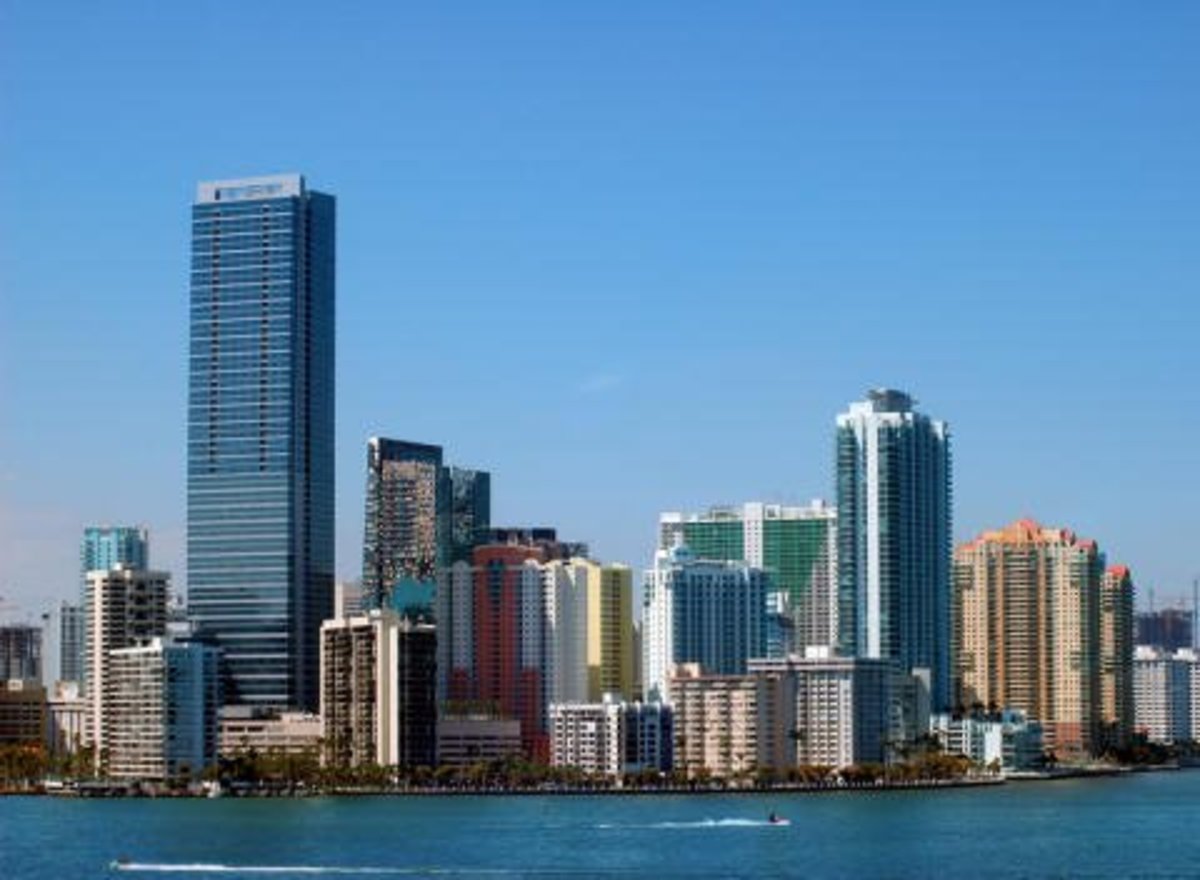
Source
7. Miami is the seat of Miami-Dade county, which is coextensive with the Miami metropolitan area, or Greater Miami.
8. Greater Miami consists of 27 independent municipalities and of large unincorporated areas, some of which are heavily populated.
9. Among the communities north of Miami are North Miami Beach, North Miami, and Miami Shores. Hialeah and Miami Springs are to the west, and Coral Gables, South Miami, and Homestead are to the south.
10. On islands offshore, east of Miami across Biscayne Bay, are the luxurious resorts of Miami Beach, Surfside, and Bal Harbour.
11. These communities, as well as fashionable Key Biscayne to the south, connect with the mainland by causeways.
12. The art deco nightclub district in South Beach is regarded as one of the best in the world.
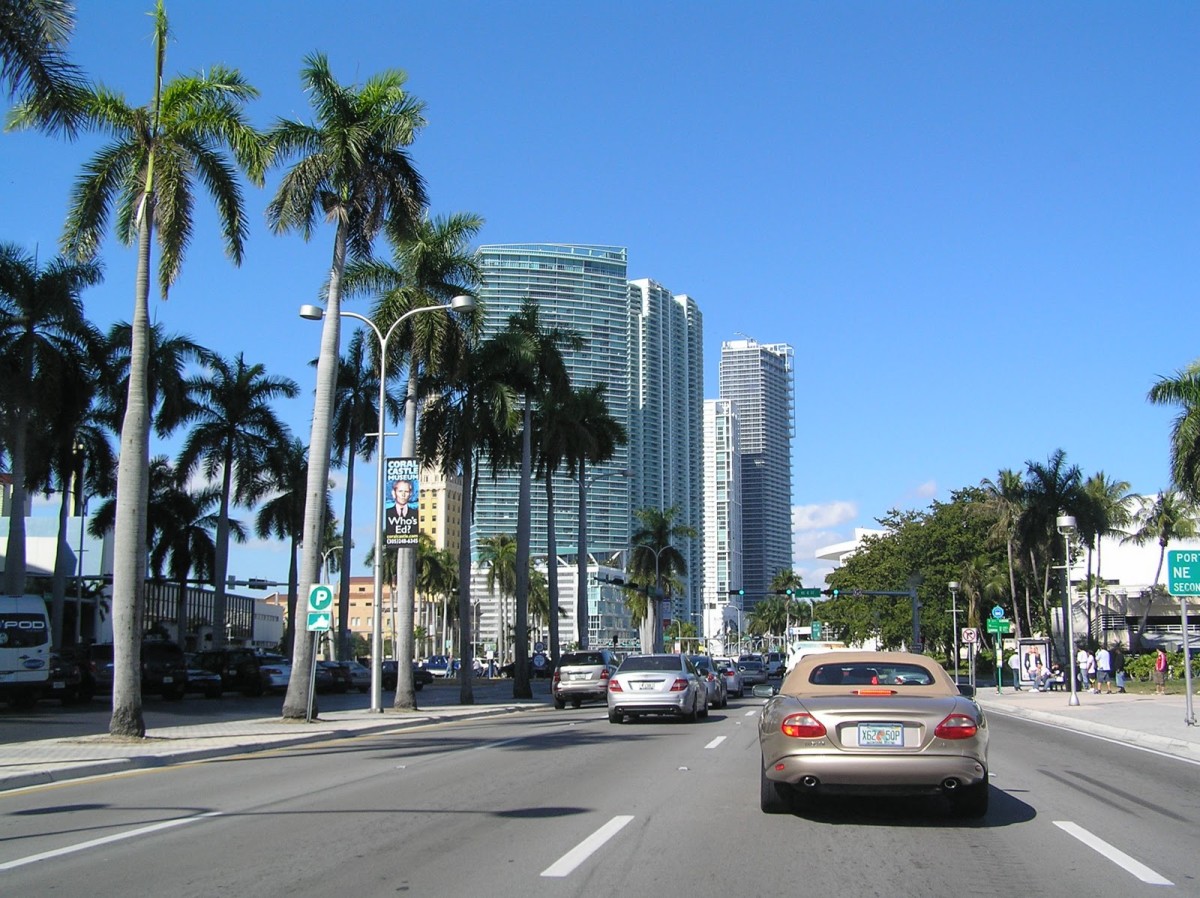
Source
13. Miami-Dade county covers 2,408 square miles (6,237 sq km), of which 354 square miles (917 sq km) is water. The western half of the county forms part of the Everglades National Park, one of the nation's most extensive wilderness preserves.
14. Greater Miami is predominantly white, but an increasing percentage of the city's population is nonwhite, mostly black, with a sprinkling of other races.
15. In the city proper, 70% of the population are Latino of any race and 11.9% of the population are non-Hispanic whites.
16. The ethnic makeup of the city is 34.1% Cuban, 19.2% African American, 5.7% Nicaraguan, 5.5% Haitian, and 3.3% Honduran
17. In 2004 the United Nations Development Programme ranked Miami first in terms of percentage of residents born outside of the country it is located in (59%).
18. More than a quarter-million persons of Cuban origin live in and around Miami. This group has expanded greatly from an influx of refugees both after Castro came to power in Cuba in 1959 and during Castro's release of persons seeking to leave Cuba in 1980.
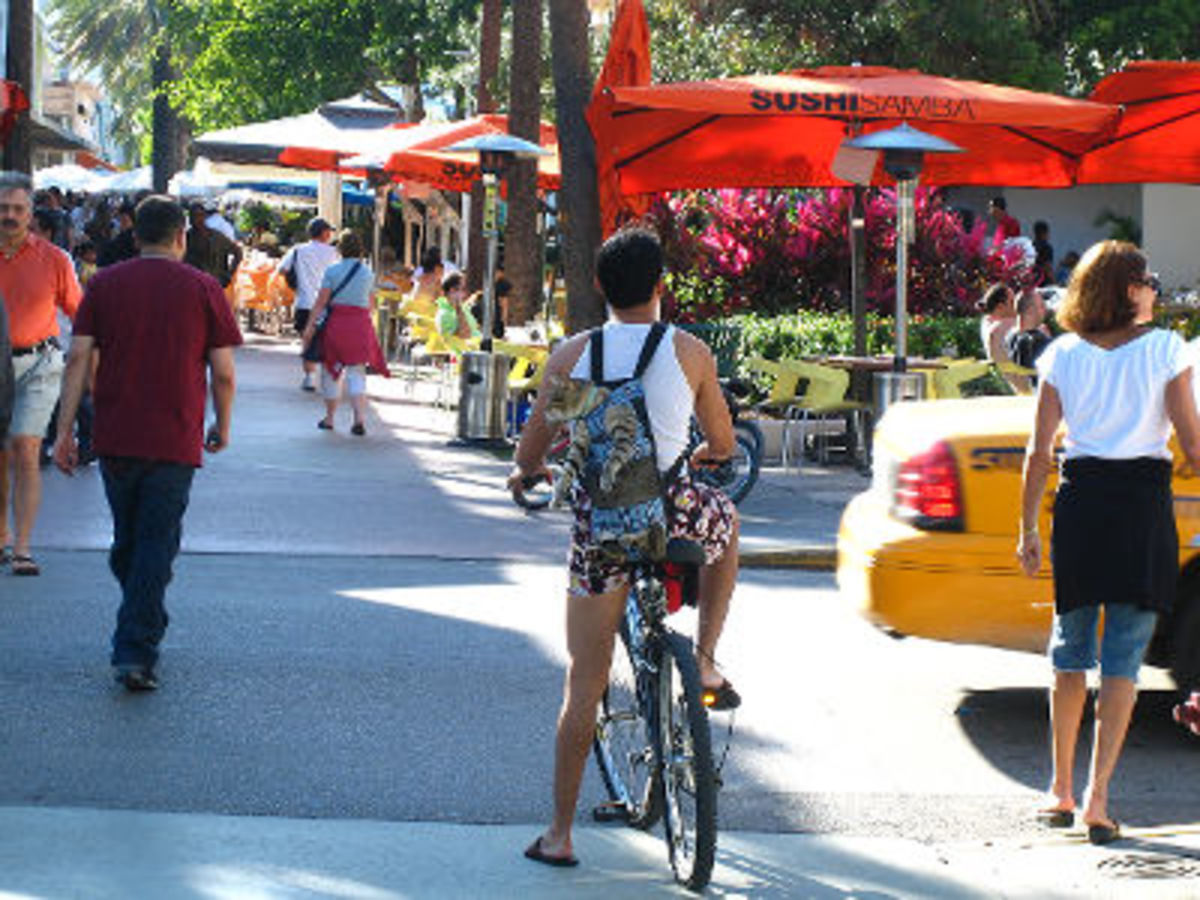
Source
19. A large segment of the population -about 16% of the total- consists of people 65 years of age or older, many of whom retired to Florida from the northern United States. In Miami Beach approximately 16% of the residents are in this age group.
20. The city of Miami had a population of 1,681 in 1900. By 1970 it had 334,859; by 1980, 346,865; and by 2010, 399,457.
21. Greater Miami rose in population from 1,267,792 in 1970, to 1,625,781 in 1980, to 2,253,362 in 2000, and to 2,496,435 in 2010.
22. Few places offer such a variety of sports, both professional and nonprofessional, as the Miami area. There are extensive opportunities for aquatic activities -swimming, water skiing, skin diving, fishing, and boating- as well as for golf (over 40 courses), tennis, shuffleboard, bowling, and other sports.
23. Among professional sports in the city are Thoroughbred racing (at Hialeah and Calder tracks and at Gulfstream track in Hallandale, just north of the Miami-Dade county line), dog racing, and jai alai.
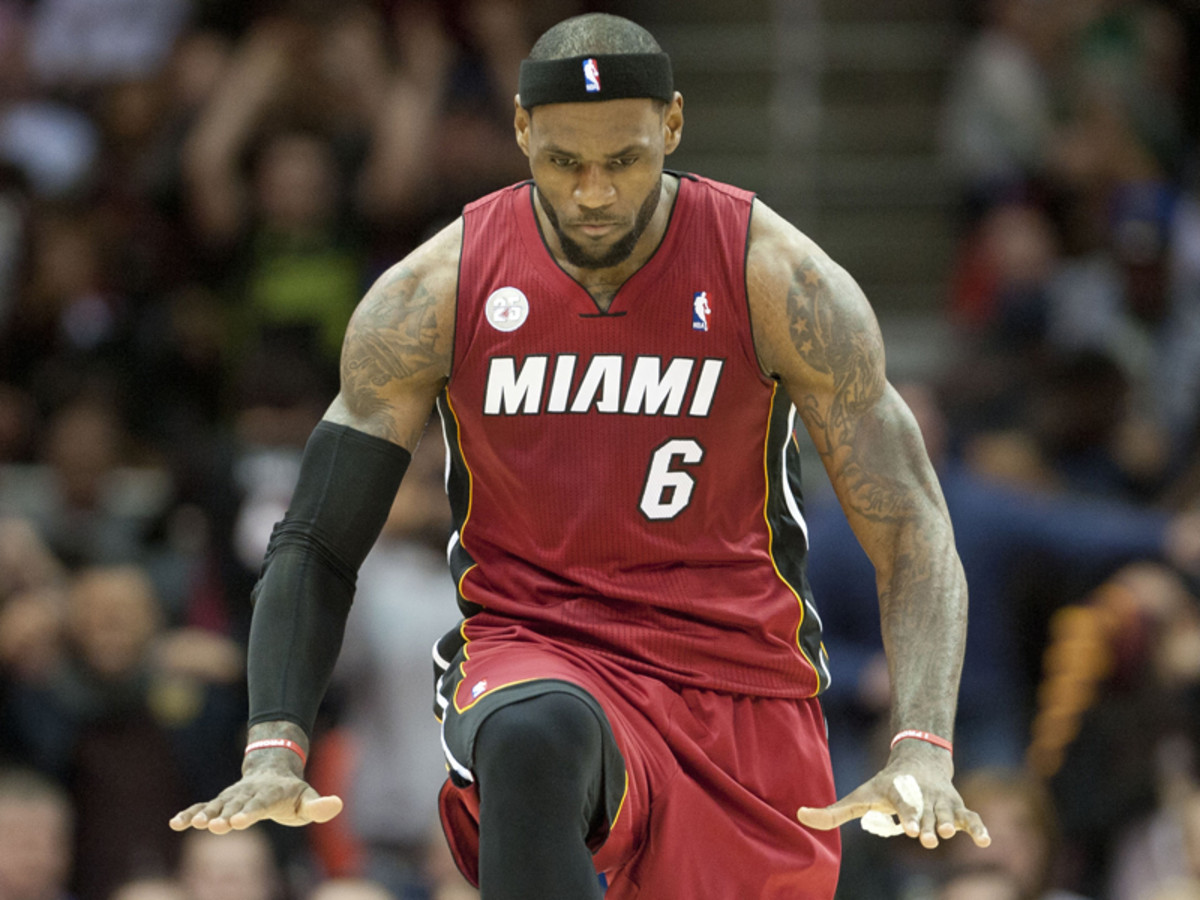
Source
24. The Miami Dolphins of the National Football League play at Sun Life Stadium; the Florida Marlins major league baseball team also plays there.
25. Sun Life Stadium is also the site of the Orange Bowl Classic (previously played at the Orange Bowl Stadium), a championship intercollegiate football game, held annually on or near New Year's Day, and of the North-South College All-Star Game.
26. The American Airlines Arena is home to the Miami Heat of the National Basketball Association.
27. The Miami-based Florida Panthers professional hockey team plays home games at the BankAtlantic Center located in nearby Sunrise.
28. Marine Stadium, on Rickenbacker Causeway leading to Key Biscayne, is for spectators of powerboat racing in Biscayne Bay.
29. Miami has a professional symphony orchestra and ballet company, which perform in the Miami-Dade County Auditorium. Various concert series feature visiting artists from the United States and abroad.
30. There are also professional theater, at the Coconut Grove Playhouse, and amateur theatrical productions.
31. Greater Miami has a number of art museums. Villa Vizcaya, an Italian Renaissance-style palazzo built by industrialist James Deering, houses an art museum owned by Miami-Dade county.
32. On the campus of the University of Miami at Coral Gables is the Lowe Art Museum, with paintings from the Kress Collection. Also, the Bass Museum is in Miami Beach.
33. Specialized museums include the Historical Museum of Southern Florida, the Holbrook Antique Arms and Gun Museum, and the Museum of Science, with a planetarium.
34. Miami has are numerous attractions devoted to nature. The Everglades National Park offers a unique opportunity to observe the flora and fauna of an unspoiled wilderness, as does the Grossman Hammock State Park, near Homestead.
35. Organized animal refuges include the Crandon Park Zoo, on Key Biscayne; Monkey Jungle and Parrot Jungle, both south of Coral Gables; and the Seaquarium, with marine shows, on Rickenbacker Causeway.
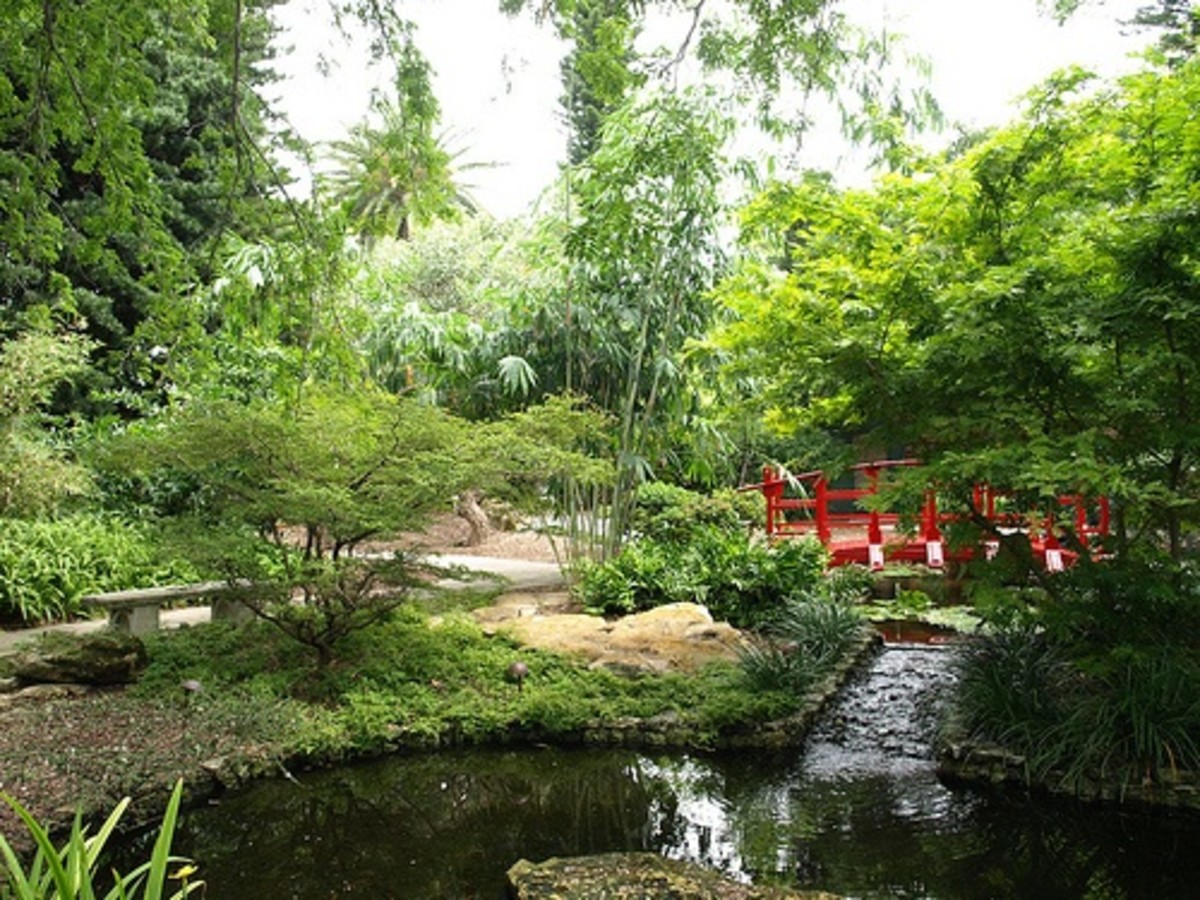
Source
36. Tropical plants and flowers are featured at the Miami Beach Garden Center and Conservatory; Orchid Jungle and the Redland Fruit and Spice Park, in the Homestead area; and the Fairchild Tropical Gardens, in south Coral Gables.
37. The city also has many public parks with a profusion of trees and flowers. Some of these have facilities for camping and various sports activities.
38. Tourists -over 10 million per year- generate more than 60% of the Miami area's economic activity.
39. To serve the visitors, nearly 10% of the Miami’s workforce is employed by hotels and motels, restaurants, and recreational facilities.
40. Various other industries, such as construction and wholesale and retail suppliers, greatly depend, directly or indirectly, on the tourist trade.
41. Military installations also contribute to the economy of Miami.
42. Miami serves as the headquarters of Latin American operations for many multinational corporations.43. Downtown Miami has the largest concentration of international banks in the United States.
44. Greater Miami has considerable light manufacturing, notably in the garment industry; it is known for stone quarrying and warehousing as well.
45. The city is also a major agricultural region, producing tomatoes, avocados, mangoes, and beans.
46. Although Miami-Dade county is south of Florida's great citrus belt, there is a large lime crop.
47. Miami is a major transportation center. There are a number of airports in the area, of which the most important is the Miami International Airport, on the western edge of the city, with flights to Latin America and Europe, as well as to cities in the United States.
48. Direct passenger rail service is available to the U.S. Northeast and Midwest. Interstate bus lines also serve the city, which is connected with the Florida turnpike and the interstate highway system.
49. Situated on the Atlantic Intracoastal Waterway, Miami is a major seaport for both cargo and cruise lines.
50. In 1960 the Port of Miami, administered by the Dade County Seaport Commission, began and completed long-range development of a deepwater marine terminal in Biscayne Bay. It is the largest cruise ship port in the world and one of the nation's busiest cargo ports.
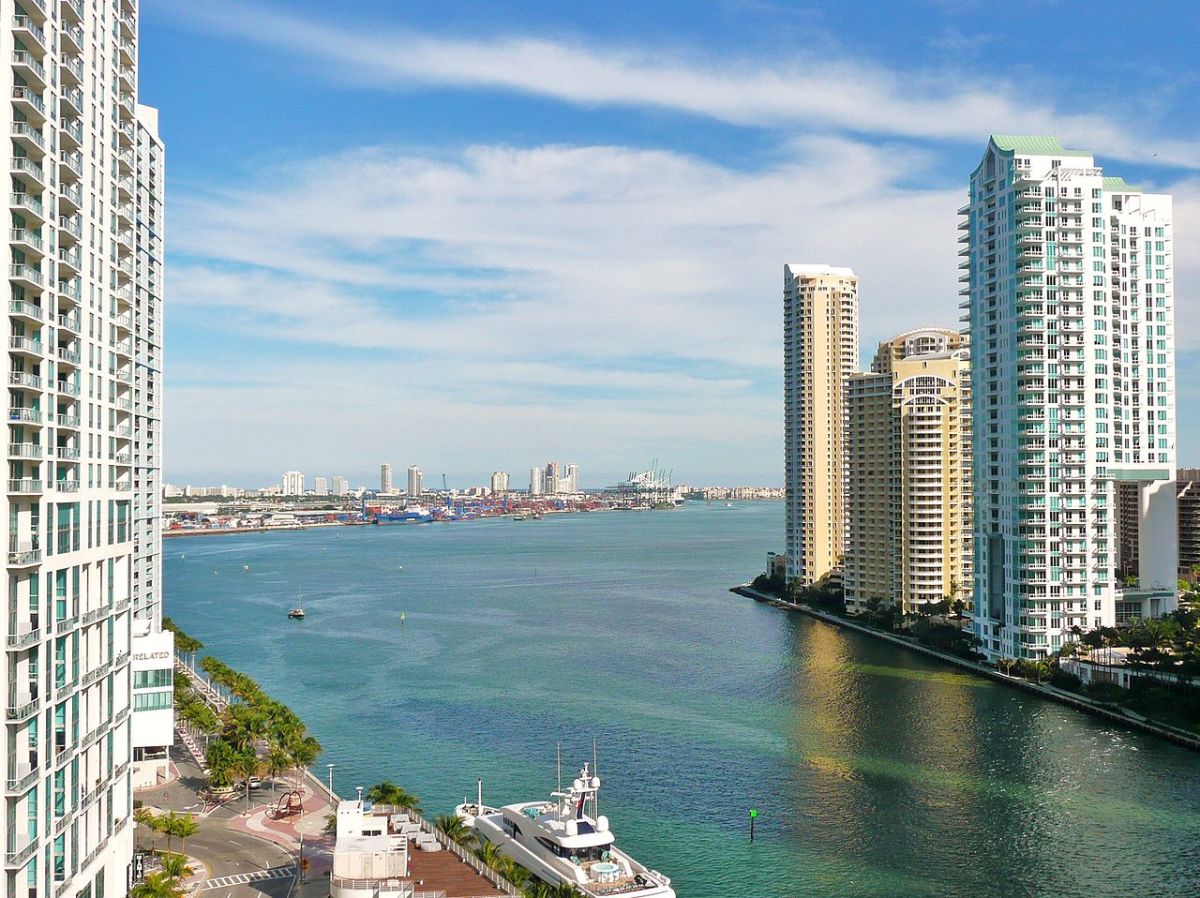
No comments:
Post a Comment
Per favore lasciate il vostro commento o domanda qui: